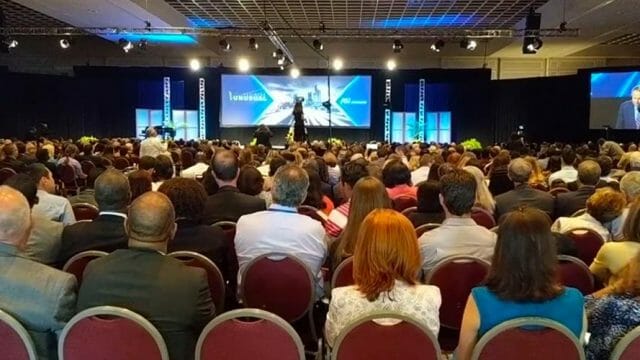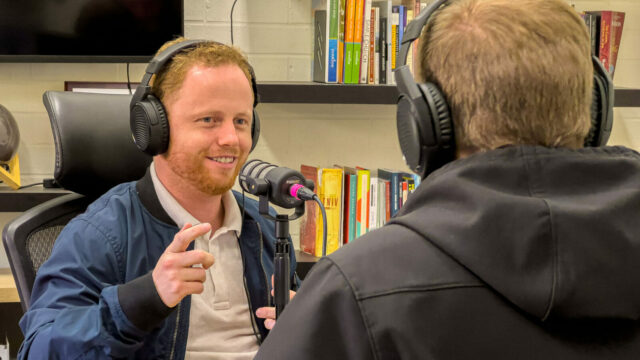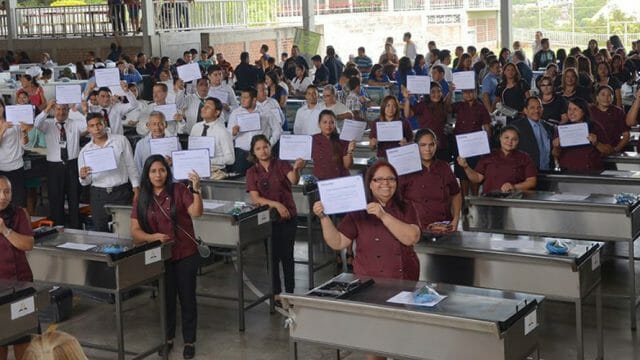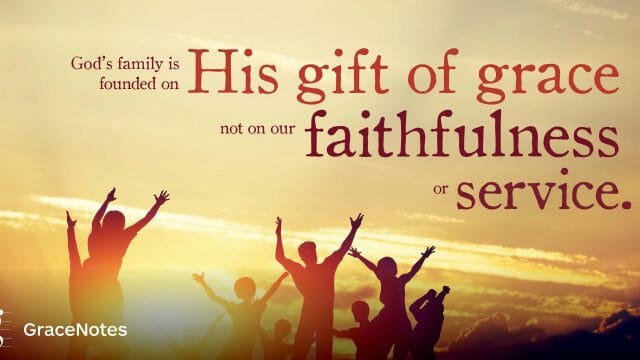Storms in southern U.S. states of Alabama and Georgia killed 23 people.
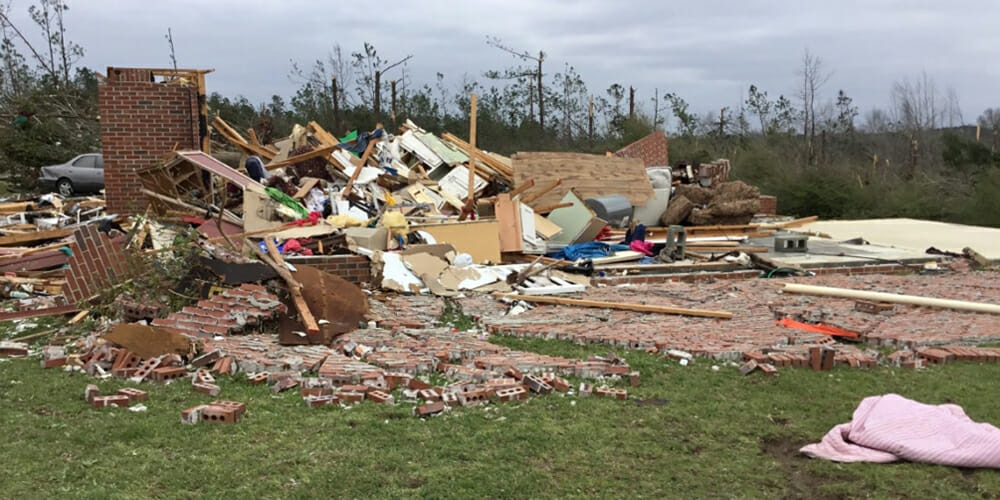
On March 3, 2019, a series of tornadoes touched down in Alabama and Georgia, United States, killing 23 people and injuring at least 90. The worst devastation occurred as a large and long EF4 “wedge” tornado hit Lee County, Alabama. The tornado weakened to EF3 strength as it crossed into Georgia, causing widespread destruction in several towns.
“ACS DR has been in contact with the disaster response community since the tornadoes struck,” said W. Derrick Lea, Adventist Community Services Disaster Response (ACS DR) director. “The State of Georgia has asked us to set up a warehouse, and our team is presently operating a facility for those affected.”
As of March 14, an 80,000-square-foot warehouse in Lee County had been identified for use, and ACS DR planned to have it operational by March 15. The Gulf States Conference took the lead at the warehouse, and ACS DR representatives from that conference and South Central Conference planned to work with Lee County emergency management.
“The NAD stands by the ready to help as appropriate, and both the South Central and the Gulf States conferences will be working together for the good of the community. I’ll continue in conversation with our leads on the ground and will be talking with them as the operation is put in place,” Lea said.
Lea reported that discussions with both conferences had occurred many times throughout the week and those at the ACS DR division level and in the local context were on Alabama’s Voluntary Organizations Active in Disasters (VOAD) conference calls held each day.
“Our efforts will be focused on creating a flow of goods that can be distributed to those affected most by the devastating tornadoes. On March 7, we began sending out needs lists to our unions and around the country asking for donations, similar to the effort we initiated during Hurricane Harvey,” Lea explained. He said that mobilizing to help a community through a disaster takes time and that it isn’t just about immediate help. “We also need to think of long-term needs. How can we help the community recover?”
Lea was engaged in spiritual and emotional care training of ACS members and emergency management workers, mental health workers, and other non-governmental officials in Benton Harbor, Michigan, when the tornadoes struck. That evening as the final class ended, the group was participating in an exercise on operating a call center and mobilizing after a tornado strikes when one of the course participants shared the news of events transpiring in Alabama and Georgia.
“The irony was not lost on us,” Lea said, “in our exercise that was frighteningly similar to the information being viewed on the student’s phone. After hearing and seeing this information, we wrapped up the class, and I immediately reached out to our local conferences that would be affected by the destruction.”
Lea also shared that both conferences had placed people who would conduct field assessments to ascertain how much damage took place. “Based on these initial reports, we’ll determine how ACS DR can continue to be of assistance to those affected,” Lea said. “We ask for prayers for those affected and those who will assist in the aftermath.”
The original version of this story was posted on the North American Division news site.


